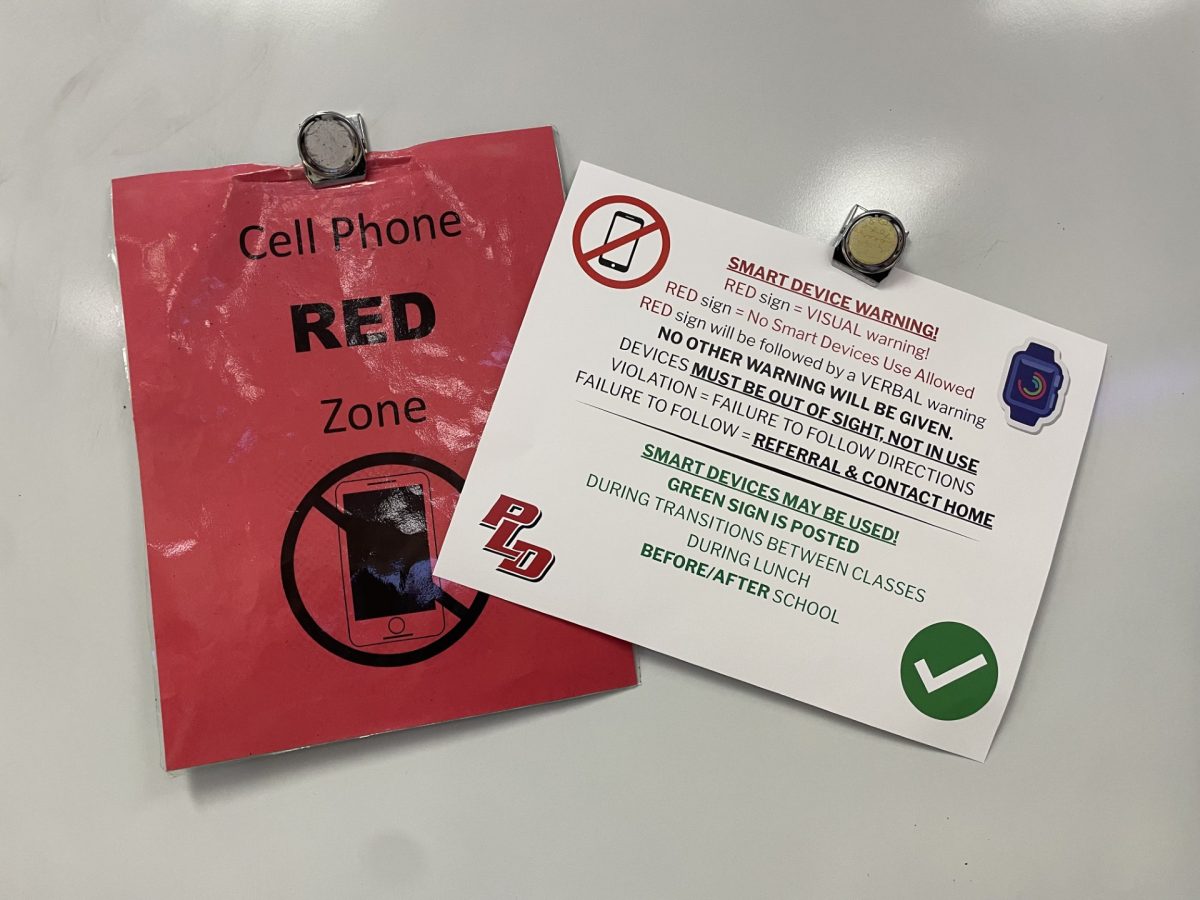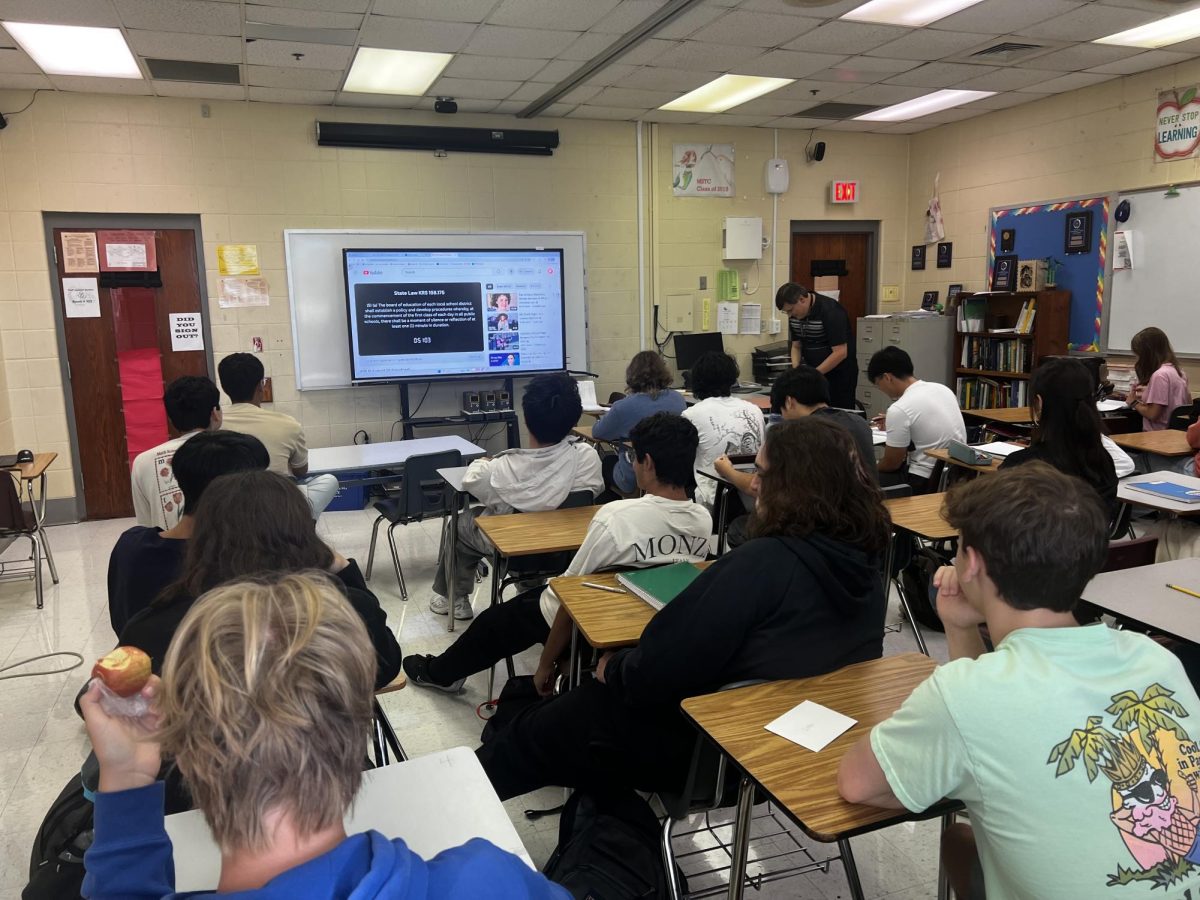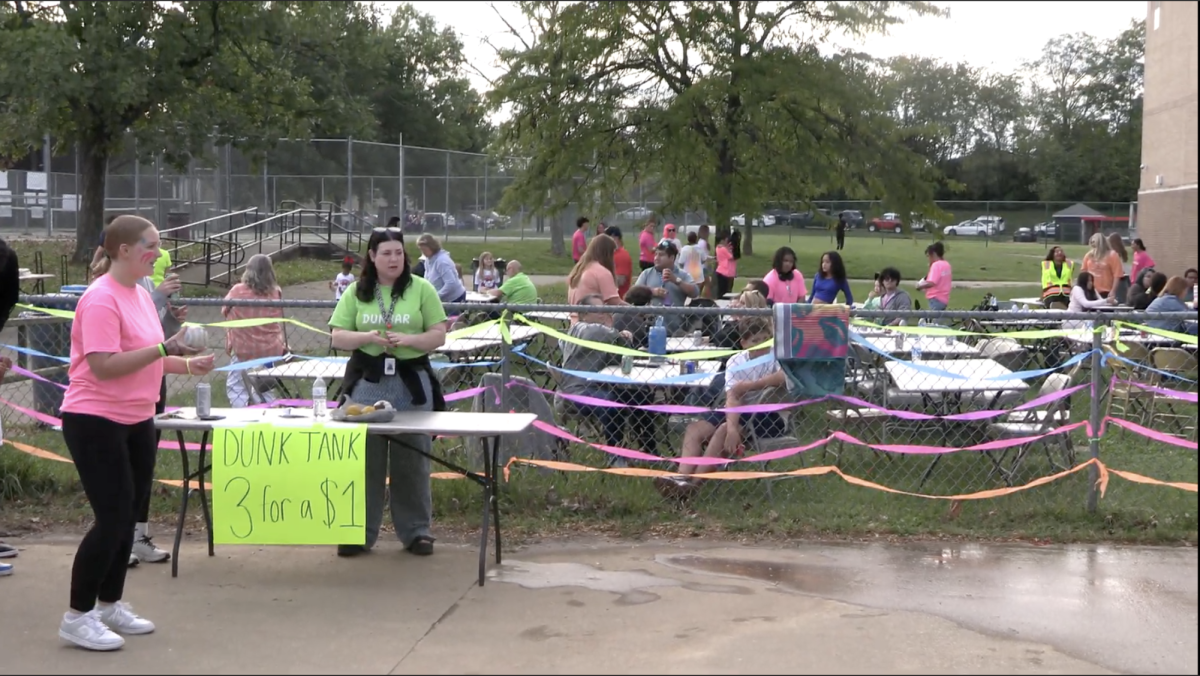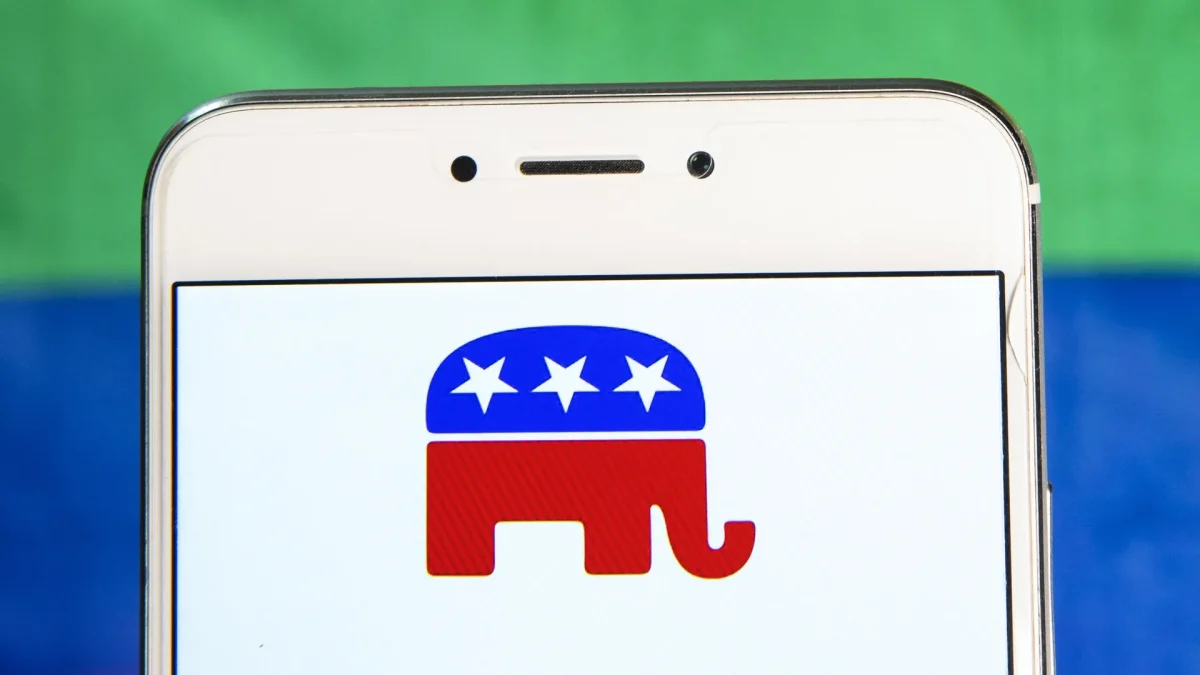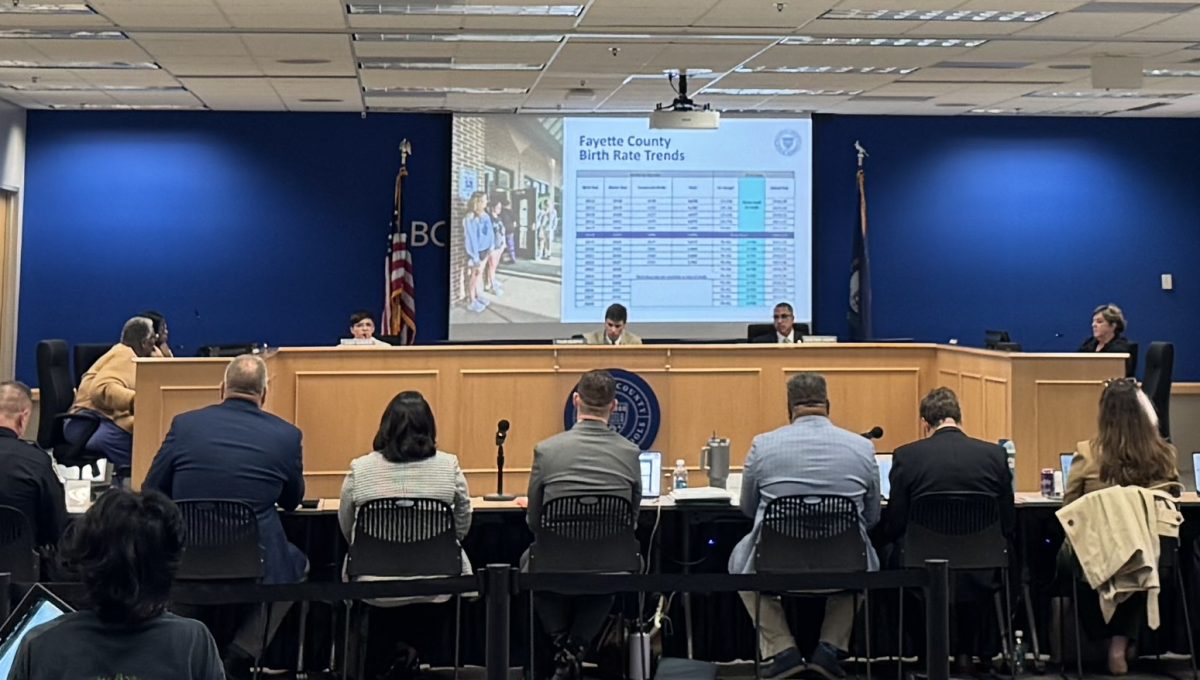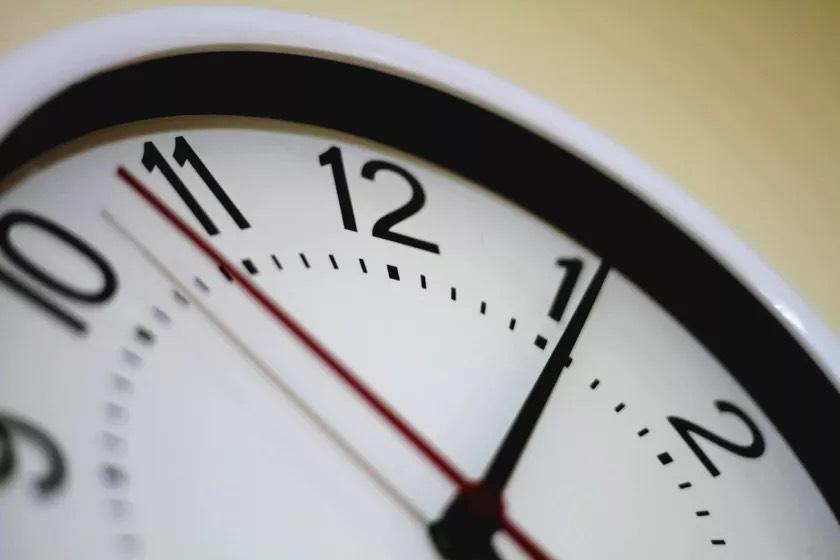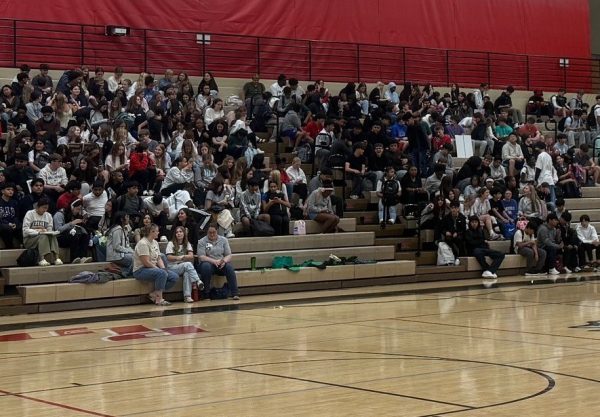Student Cell Phone Use Not Changing, So What’s the Compromise?
Technology is a big part of teenagers’ life, and it’s unrealistic to think that they would not spend time on screens. For many, it’s part of their daily routine.
Dunbar teachers and students have different ideas about cell phone use. One reason is the generational divide between teachers, who are mostly Gen X and Millennials, and teens who are Gen Z.
¨Back in the day, we still used our phones, but we used them for actual emergencies,¨ said social studies teacher Ms. Michelle Williams.
She said that students no longer just use their phones for essentials, but for everything.
Junior Jordan Viele said that she uses her phone for practical things like phone calls or tracking school assignments, but she admitted a potential problem.
¨If I go on social media, I´ll spend an hour just scrolling and losing track of time,¨ she said.
Freshman Avneesh Kudrimorti agreed that spending time on his phone can be problematic.
¨I stay up until 2 a.m. watching Family Guy TikToks,” he said. ¨It made me become a huge insomniac over COVID.¨
Even so, he said that he has no plans to delete TikTok.
Increased phone usage leads to academic concerns as well.
¨Phones are leading to more class distractions,” Mrs. Williams said. ¨The attention spans are also a lot smaller than they used to be.¨
Because of this, the quality of student work has decreased.
¨There is a lot of rushing that happens,¨ social studies teacher Mrs. Katie Bilkha said. ¨Kids want to get their work done quickly so that they can do whatever they want on their phones without getting in trouble.¨
She said that teachers are also noticing that students spend time in class with their earbuds in while watching videos, TV series, and movies on their phones.
¨It’s obviously a distraction,” she said.
For the increasing usage of phones, Ms. Williams said that she wishes that students would be more present.
¨You´re missing out on life because you are so concentrated on your phones,” she said. ¨Use it as a tool as what it’s used for but be able to do other stuff, too.¨
So how can teens use their phones more responsibly?
One idea is to limit non-essential use by tracking daily screen time and then attempting to decrease usage from day to day or week to week. Phone settings such as App Limits and Downtime are tools that people can use.
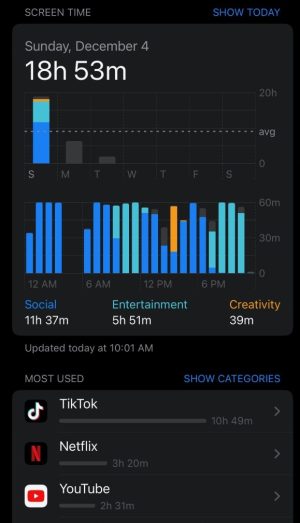
Viele said that she spends three hours a day, on average, on her phone. Avneesh said his daily average was closer to five hours. However, sophomore Nadiya Washington said that she has spent up to 19 hours on her phone.
Conversely, Ms. Williams said that her phone’s average screen time is almost five hours, and Mrs. Bilkha said her screen time is about one and a half hours.
Because phones are used in a big part of everyone’s lives, is there a way for teachers and students to come together to resolve phone distractions?
Teachers can use a method called “scaffolding,” where they can break learning up into chunks so that students can get periodic breaks. Research has shown that periodic breaks even help students learn and focus better. Implementing these small breaks could encourage students to be more understanding of when to be on their phones.
Most teachers at Dunbar have implemented the school policy of Green/Red zones to indicate what times are appropriate for using phones during class.
Both teachers and students can do things to meet in the middle. Teachers could scaffold their lessons to provide mini-breaks for phone use, and students could try being more respectful about only using their phones during those breaks or Green Zone times.

Hi, I am Sia! This is my third year on staff and I am excited to continue being on Lamplighter! Outside of school, I am a big writer, runner, and debater!...



